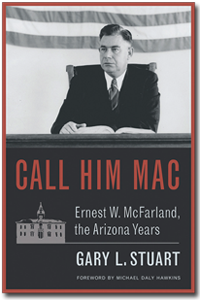The title, “The Ethics of Storytelling,” is not mine. It belongs to an author named Daniel Taylor. He wrote an essay in 1995 published in the Mars Hill Review.[1] He wrote about, but did not define the relationship between those who write stories and those who read them. He posed esoteric questions such as “Who am I? Why am I here? And what should I do?” His readers presumably answered silently. They may have agreed, or not. All of it happens in the vacuum of ethics. Is there such a thing as ethical storytelling? Who’s to say? Authors? Readers? As individuals we live by words—our own—what others write down—what we read—what we hear from others about stories they read. Perhaps the question, one onion-peel down, is whether there’s such a thing as ethical reading of someone else’s story?
Is there a contract, unwritten, unsaid, uniformed, between authors and their readers? If there is one, is it reciprocal? Carrie Menkel-Meadow wrote a blog titled, “The Ethics of Reading and Writing” in February 2008.[2] She cited the Chronicle of Higher Education (February 8, 2008), and an article by Yale Professor of Comparative Literature, Peter Brooks, titled “The Ethics of Reading.”[3] It discusses the implicit attributions made by novelists in reporting actual events as part of a blended story—part fact—part fiction.
The point I drew from these sources is vested in understanding the relationship between known authors and their unknown readers. It is one of trust. The author trusts the reader to distinguish fact from fiction. The reader assumes the author has made those distinctions clear. But trust is never binding unless it is explicit. The implicit attributions by authors do not bind them. The explicit conclusions by readers are without remedy, other than to put the book down. That’s the contract—write at the risk of being unread because you failed to make clear fact from fiction.
[1] 3 Fall 1995, Issue No. 3: pps 58-70.
[2] “Concurring Opinions–The Ethics of Reading and Writing, by Carrie Menkel-Meadow, February 12, 2008. .
[3] http://chronicle.com/weekly/v54/i22/22b00501.htm






 I am an author and a part-time lawyer with a focus on ethics and professional discipline. I teach creative writing and ethics to law students at Arizona State University.
I am an author and a part-time lawyer with a focus on ethics and professional discipline. I teach creative writing and ethics to law students at Arizona State University.  My latest novel is Hide & Be.
My latest novel is Hide & Be.  If you have an important story you want told, you can commission me to write it for you.
If you have an important story you want told, you can commission me to write it for you.